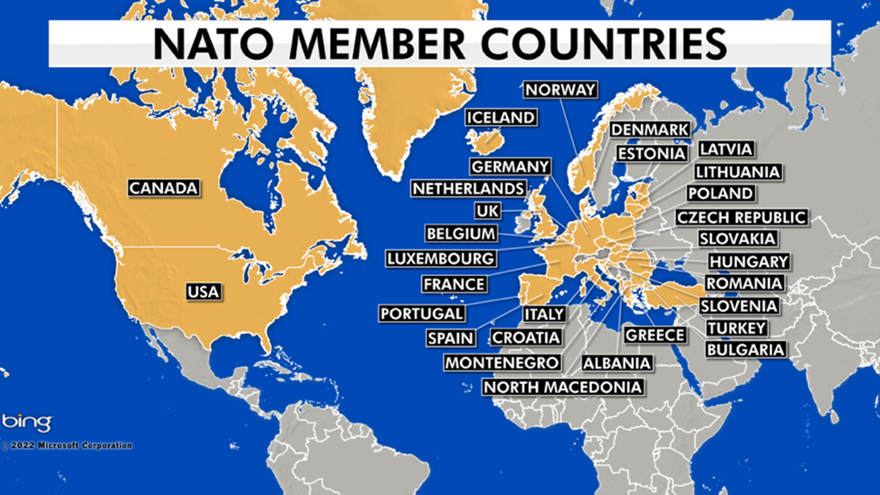Tuesday, 24th May 2022
AI Chips
In News
Technology Manufacturers are launching new AI Chips in the market for applications such as natural language processing (NLP), computer vision, robotics, and network security.
What are AI Chips?
- AI chips are built with specific architecture and have integrated AI acceleration to support deep learning-based applications.
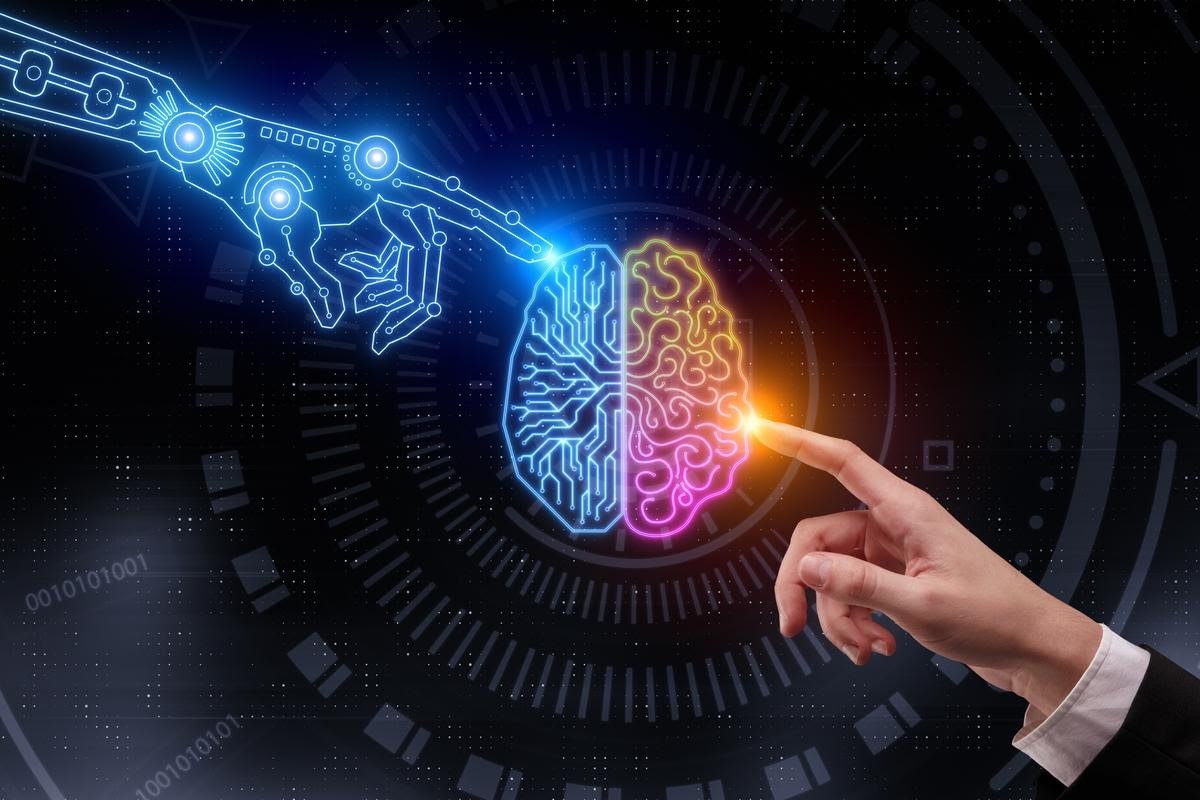
-
- Deep learning, more commonly known as active neural network (ANN) or deep neural network (DNN), is a subset of machine learning and comes under the broader umbrella of AI.
- It combines a series of computer commands or algorithms that stimulate activity and brain structure through a training phase, learning new capabilities from existing data.
- Deep learning can make the process of collecting, analysing, and interpreting enormous amounts of data faster and easier.
- These chips, with their hardware architectures and complementary packaging, memory, storage and interconnect technologies, make it possible to infuse AI into a broad spectrum of applications to help turn data into information and then into knowledge.
- AI chips include graphics processing units (GPUs), field-programmable gate arrays (FPGAs), and application-specific integrated circuits (ASICs) that are specialized for AI.
Difference between Traditional Chips and AI Chips
- Traditional chips, containing processor cores and memory, perform computational tasks wherein they continuously move commands and data between the two hardware components.
- These chips, however, are not ideal for AI applications as they would not be able to handle higher computational necessities of AI workloads which have huge volumes of data.
- AI chips generally contain processor cores as well as several AI-optimised cores (depending on the scale of the chip) that are designed to work in harmony when performing computational tasks.
- AI chips, essentially, reimagine traditional chips’ architecture, enabling smart devices to perform sophisticated deep learning tasks such as object detection and segmentation in real-time, with minimal power consumption.
Future of AI Chips
- With more data set to flow as smart Internet of Things devices begin a machine-to-machine revolution, AI chips have become a necessity.
- We previously lacked the computing power to make deep learning models possible, leaving researchers waiting on the hardware to catch up to their ideas.
- Because of their unique features, AI chips are tens or even thousands of times faster and more efficient than CPUs for training and inference of AI algorithms.
- State-of-the-art AI chips are also dramatically more cost-effective than state-of-the-art CPUs as a result of their greater efficiency for AI algorithms.
Source:
ASHA workers
In News
The WHO has recently recognised India's 10.4 lakh ASHA (Accredited Social Health Activist) workers as 'Global Health Leaders' for their role during pandemic response.
About the News
- The workers have also been praised for their efforts in connecting the community to the government’s health programmes.
- However, the women health volunteers have been fighting for higher remuneration, regular jobs, and even health benefits.
Who are ASHA workers?
- Genesis & evolution: The ASHA programme was based on Chhattisgarh’s successful Mitanin programme, in which the ASHA was to be a local resident a Community Worker who used to look after a cluster of households with primary focus on areas of public health.
- Training: ASHA workers are volunteers from within the community who are trained to provide information and aid people in accessing benefits of various healthcare schemes of the government.
- Institutional recognition: The role of ASHA community health volunteers was first established in 2005 under the National Rural Health Mission (NRHM) to act as a bridge connecting marginalised communities with facilities such as primary health centres, sub-centres and district hospitals.
- Unit: There are around 10.4 lakh ASHA workers across the country with a target of one ASHA for every 1,000 persons or per habitation in hilly, tribal or other sparsely populated areas.
- Distribution: The largest workforce of ASHA is in states with high populations – Uttar Pradesh, Bihar, and Madhya Pradesh while Goa is the only state with no such workers, as per the latest National Health Mission.
- Payment: Considered as “volunteers”, governments are not obligated to pay them a salary and, thus most states don’t. Their income depends on incentives under various schemes that are provided when they, for example, ensure an institutional delivery or when they get a child immunised. All this adds up to only between Rs 6,000 to Rs 8,000 a month.
What are the major issues with ASHA workers?
- Workload: With outreach of most health programmes depending on them, many workers have complained that even if they work 24 hours, they are not able to complete all the tasks.
- No security: Despite working in adverse situations, workers are not entitled to get any benefits like pension or health insurance.
- No job security: For quite some time now, ASHA workers have been demanding that they be made permanent employees of the government and provided benefits.
- Covid-19 impact: The pandemic has pushed most of ASHA workers to their limits with most of them only being paid Rs 1,000 for all of the additional work.
Sources:
Total factor productivity (TFP)
In News
According to a recent report, India’s total factor productivity (TFP) growth has seen a moderate decline compared to the global experience, though it remains above that of emerging markets and developing economies.
What is TFP and how does it differ from total productivity?
- Productivity levels measure the relationship between total products or output, and inputs or factors of production
- For Example: Labour productivity is a measure of total output divided by the units of labour employed in the process of production, while total factor productivity is a measure of total output divided by a weighted average of inputs; i.e., labour and capital.
- Improvements in TFP bring down production costs, raise output levels, and lead to a higher gross domestic product.
- While total productivity measures all-inclusive productivity, TFP is a measure of production efficiency.
India’s TFP trajectory
A recent Reserve Bank of India (RBI) report points to a moderate decline in TFP growth compared to the global experience.
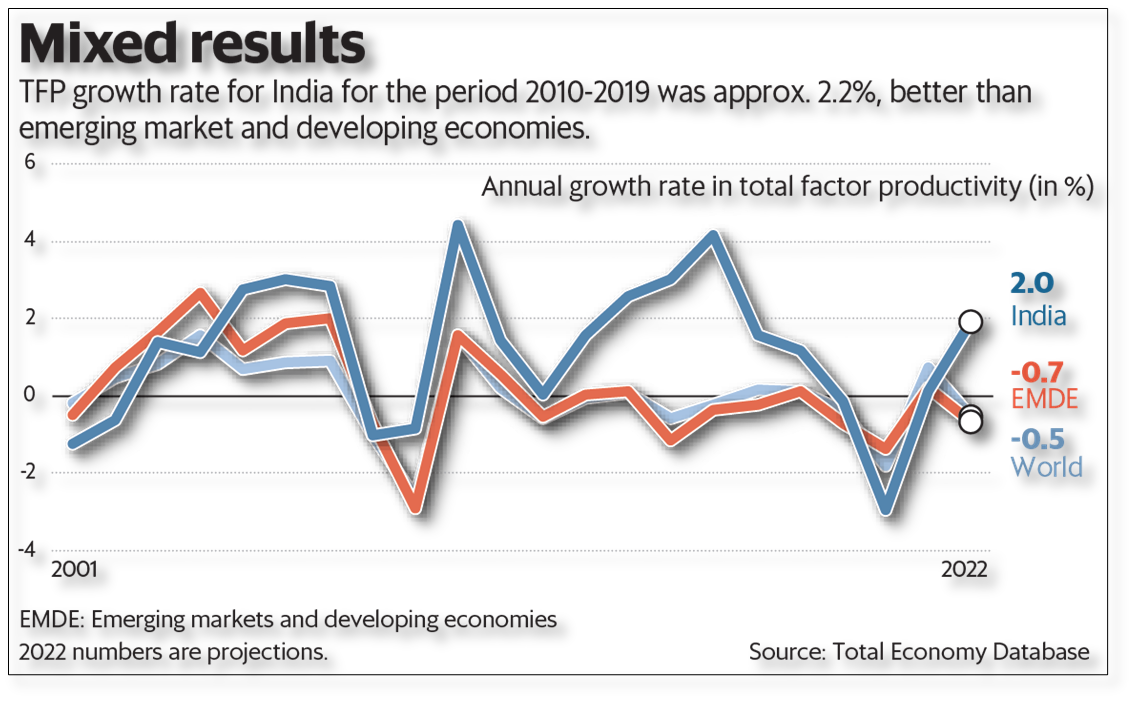
- As per estimates, TFP growth is said to have contributed to 30% of India’s GDP growth during 2010-2018. It was largely driven by public administration, quality education and social works.
- TFP growth rate for India during the 2010-2019 period was approximately 2.2%, as against -0.3% for emerging markets and developing economies.
- During the pandemic, the TFP for India declined by 2.9% in 2020 and marginally improved by 0.1% in 2021.
- In 2022, TFP growth rate is projected to increase to 2%.
What are the ways to improve TFP
- Quality education, better healthcare, nurturing of innovation, introduction of efficient technology and processes in domestic companies and reduction in misallocation of resources can help improve TFP levels.
- India’s initiatives around skill development and the new education policy are steps in the right direction, since they focus on boosting manpower employability.
- Although the country’s ranking in the Global Innovation Index, 2021 has improved to 46, there is still a lot that we can do to improve on the innovation ecosystem.
- How can the industry improve productivity?
- Improved TFP minimizes per-unit cost facilitating the horizontal expansion of consumption demand, thereby improving the standard of living.
- Employers have fortunately started acknowledging the fact that manpower is an essential component in profit earnings.
- Today, the focus has shifted to retaining talent, which is limited in supply. This positive transformation seen after the pandemic needs to be strongly focussed on and should be further extended.
Source:
Image source:
Queen Victoria
On May 24, 1819 Queen Victoria was born. Victoria, in full Alexandrina Victoria, was the queen of the United Kingdom of Great Britain and Ireland (1837–1901) and empress of India (1876–1901). She was the only daughter of Edward, Duke of Kent, fourth son of George III. Her father died shortly after her birth and she became heir to the throne because the three uncles who were ahead of her in the succession - George IV, Frederick Duke of York, and William IV - had no legitimate children who survived. She was the last of the house of Hanover and gave her name to an era, the Victorian Age. During her reign the British monarchy took on its modern ceremonial character.

Queen Victoria is associated with Britain's great age of industrial expansion, economic progress and, especially, empire. At her death, it was said, Britain had a worldwide empire on which the sun never set.
Sources:
India's Space Economy
In News
A recently released paper 'The Space Economy of India: Its Size and Structure' has valued India’s ‘space economy’ at ₹36,794 crore.
About the News
- As per the paper, the estimated size of India's space economy, as a percentage of the GDP, has slipped from 0.26% in 2011-12 to 0.19% in 2020-21.
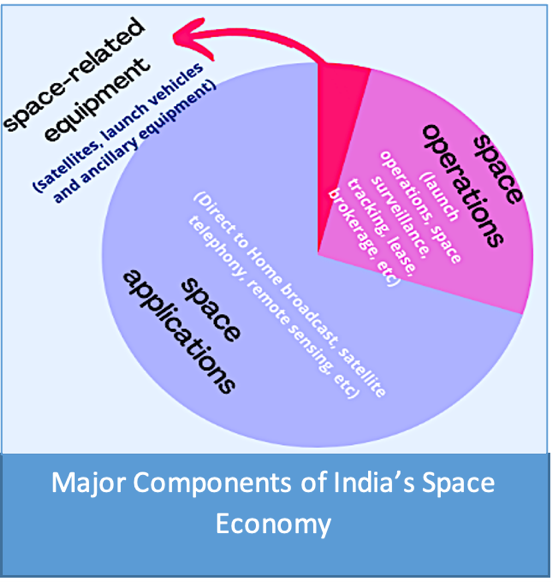
- The space budget as a percentage of the GDP slipped and has remained more or less at that level since then.
- In relation to GDP, India's spending is more than that of China, Germany, Italy and Japan, but less than the U.S. and Russia.
Global Space Economy
- Over 65 countries have operated at least one satellite.
- In 2020, the commercial space activity globally grew 6.6% to nearly $357 billion, representing close to 80% of the total space economy.
- The top three governments in the global space economy remained the same in 2020: the United States, China, and the European Space Agency (ESA), according to Space Foundation research, constituting more than 81% of government space spending in 2020.
Achievements of India in the Space Sector
- India has Indian Space Research Organisation (ISRO), Hindustan Aeronautics Limited, Antrix Corporation, and NewSpace India Limited as the state-owned space sctor
- India’s space program stands out as one of the most cost-effective in the world. India has earned worldwide recognition for launching lunar probes, building satellites, ferrying foreign satellites up and has even succeeded in reaching Mars.
- The United States, the Soviet Union, the European Space Agency, India, UAE and China are the only countries that have successfully sent spacecraft to enter Mars' orbit.

- India has two operational launch vehicles: Geosynchronous Satellite Launch Vehicle (GSLV) and Polar Satellite Launch Vehicle (PSLV).
- From 1999 till December 2021, a total of 342 foreign satellites from 34 countries have been successfully launched on board Indian Polar satellite Launch Vehicle (PSLV) on a commercial basis.
- Total number of 27 satellite missions and 25 launch vehicle missions were successfully accomplished during the last five years (i.e., April 2016 – March 2021).
- At present, India accounts for only about two per cent of the space economy, much behind the major players - the US and China.
Private Participation in Indian Space Sector
- In 2020, the Government of India (GOI), approved participation of private enterprises across all phases of space activities.
- The government also approved formation of the Indian National Space Promotion and Authorisation Centre (IN-SPACe)—that would act as part of the Indian Space Research Organisation (ISRO)—to help private players become independent actors instead of being solely vendors or suppliers.
- The GOI is expected to announce a revised foreign direct investment policy for the Indian space sector that would open huge investment opportunities for foreign companies.
- The Indian Space Association (ISpA) has been established to help private players carry out independent space activities, facilitate services and technology developed by ISRO to be utilised in the private sector, provide regulatory and policy inputs and support start-ups, MSMEs and academia.
- ISpA will support the government’s vision of ‘Atmanirbhar India’ (self-reliant India) and ‘Make in India’ to become a leader in the global space industry.
Challenges for India in the space sector
- Regulatory Issues: The advent of private enterprise in the space sector has ushered in many benefits, the biggest of which is the democratisation of space, bringing down the cost and making space much more accessible. But, as the particaipants increase, there is a danger of unregulated and criminal activities entering the space domain.
- Space Debris: Space has also become an overpopulated domain with the increase in the number of players as well as the growing space debris. The Kessler syndrome, where a collision between two space objects could set off a cascading chain reaction, cannot be dismissed.
- Militarisation of space: Growing securitisation of space has meant that even peaceful technologies meant for defensive uses are seen with a lot of suspicion. For example, there is considerable wariness about new technologies such as the on-orbit satellite servicing used for remotely repairing and refuelling a satellite.
- Rendezvous and proximity operations: Intentional manoeuvres on orbit that put one satellite in a similar orbit or close to another satellite may cause problems among different participants.
- Space Insurance: Insurance options are currently expensive and can cost up to one-third the total cost of a satellite, depending on the risk. However, for space insurers, the crowded space domain is making insuring satellites riskier and less profitable.
- National Security: In today’s scenario satellite attack methods include DA-ASAT missiles and co-orbital systems, lasers, microwave, radio-frequency weapons, satellite jamming, and spoofing.
Opportunities for India
- Atmanirbhar Bharat: Presently, India imports 10 per cent of critical materials and electronic components for launch vehicles and 55 per cent for satellites manufacturing. In terms of manufacturing capabilities, due impetus is needed on 100 per cent indigenisation of spacecraft components.
- Supportive Governance: With increasing number of Indian space programs, changes in space organisational structure and a conducive regulatory framework can be promulgated to develop a business-friendly ecosystem for ancillaries – encouraging smaller component manufacturers to participate and existing firms to expand in the space sector.
- Globalisation: The global market for small satellites is predicted to increase from $12.6 billion in 2009-18 to $ 42.8 billion in 2019-28.41. There is a massive potential in India to tap this global market.
- Diplomatic Partnerships: India should utilise its diplomatic relations with Japan, France, and Europe for collaborative ventures in space technology and exploration to raise collective deterrence. This can also leverage indigenous expertise in niche areas.
Conclusion: India has excelled in its journey of space programme but has a long way to go compared with the US, China, and Russia. The space sector plays a dual role in the national security strategy. Space as the final frontier is vital from the strategic autonomy perspective and is also an enabler for the country’s socio-economic development and sharing the burden with the private industry is a critical enabler in achieving this.
Sources:
- India’s ‘space economy’ valued at ₹36,794 crore
- India's space economy boom is here
- India paving way towards capturing share in Global Space Economy
- India’s space revolution
- How India’s space sector is opening up its skies
- Major reforms transforming Indian space sector
- Opening Up Indian Space Sector For Private Sector –Reforms
- Space
- IN-SPACe: Unlocking India’s potential in the Space Sector
- GLOBAL SPACE ECONOMY ROSE TO $447B IN 2020, CONTINUING FIVE-YEAR GROWTH
- Global Space Economy Nears $447B
- Space the Next Frontier: Opportunities and Challenges for India
- India's Space Industry Ecosystem: Challenges of Innovations and Incentives
- Increasing challenges to outer space
- Key Governance Issues in Space
Shirui Lily
This is image of Shirui Lily, which is endemic to the Kashong Hills in Shirui village, Manipur. Manipur’s Ukhrul district is all set to host the Shirui Lily Festival, 2022, arguably the second biggest tourism festival in the north-eastern state after the Sangai festival. The festival tries to promote sustainable tourism and give impetus to conservation efforts of the state flower, Shirui Lily. Shirui lily grows on top of the Shirui hills in Manipur and cannot be replanted anywhere else in the world.
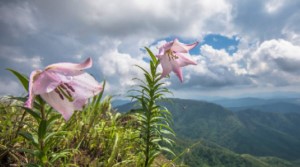
The state flower of Manipur fills the air with its pleasant fragrance during the blooming season. The Shirui Hills is known for a unique species of land-lily, the Shirui Lily which grows at a height of about 8,500 ft above sea level.
Sources:
“GatiShakti Sanchar” Portal
- Context: The Ministry of Communications has recently launched the “GatiShakti Sanchar” portal for Centralised Right of Way(RoW) approvals.
- The portal has been developed keeping in view the vision of the National Broadband Mission at the core, which include providing broadband infrastructure as a core utility to every citizen, governance and services on demand and digital empowerment of the citizens of the country.
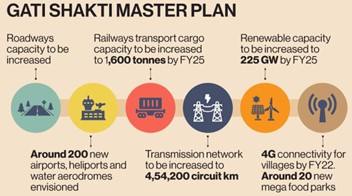
- The Portal is a collaborative institutional mechanism between all stakeholders including Central and State/UT Government(s), Local bodies, and Service Providers to facilitate the Right of Way (RoW) Application Process through a single interface.
- The Right of Way (RoW) is referred to as the legal framework for setting up telecom towers, laying optical fibre cables (OFC), improving coordination among companies, and settling disputes.
- The timely disposal of RoW applications of various Service and Infrastructure providers shall enable speedy infrastructure creation which would be an enabler for timely rollout of 5G Network
- The portal shall act as an enabler to the objective of “Ease of doing business” for telecommunications infrastructure works.
- Gati Shakti scheme or National Master Plan for multi-modal connectivity, with the aim of coordinated planning and execution of infrastructure projects to bring down logistics costs.
Source:
- The Road to Right of Way (RoW)
- Department of Telecommunication Launches “GatiShakti Sanchar” Portal for Centralised Right of Way (RoW) approvals
Image source:
Maritime domain awareness (MDA) and anti-submarine warfare (ASW)
- Context: In the backdrop of increasing Chinese naval presence in the Indian Ocean Region, maritime domain awareness (MDA) and anti-submarine warfare (ASW) cooperation has emerged as a top priority for India and the Quad countries.
- Maritime Domain Awareness is the effective understanding of anything associated with the maritime domain that could impact the security, safety, economy, or environment.
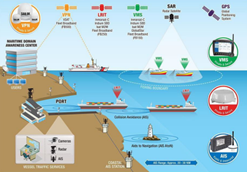
- Maritime domain is defined as all areas and things of, on, under, relating to, adjacent to, or bordering on a sea, ocean, or other navigable waterway, including all maritime-related activities, infrastructure, people, cargo, ships, and other conveyances.
- Anti-submarine warfare (ASW) includes a wide range of activities from placing and monitoring passive sensors on the sea floor to actively hunting and, if necessary, destroying enemy submarines with teams of submarines, surface ships, and aircraft.
- ASW is carried out by an inter-connected network of surface ships, aircraft, and other submarines.
- In this perspective, India commissioned INS Kavaratti, last of the 4 indigenously built Anti-Submarine Warfare stealth corvettes in 2020.
Source:
- An Introduction to Maritime Domain Awareness (MDA)
- Anti Submarine warfare
- MARITIME DOMAIN AWARENESS IN INDIA: SHIFTING PARADIGMS
- A Brief History of Anti-Submarine Warfare
Image source:
Sudden Infant Death Syndrome (SIDS)
- Context: A team of Australian researchers have identified a biochemical marker in the blood that could help identify newborn babies at risk for sudden infant death syndrome (SIDS).
- SIDS refers to the sudden and unexpected death of an otherwise healthy infant under the age of one, generally while they are sleeping; although it can occasionally happen while they're awake.
- The condition is also called “cot death”.
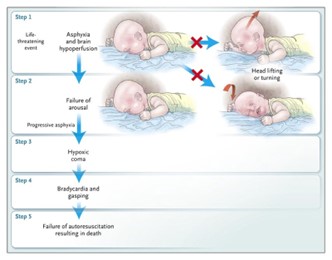
- Newborn babies delivered prematurely or with low weight at birth are believed to be at a greater risk of SIDS.
- The possible factors that make babies vulnerable to SIDS are brain defects, low birth weight and respiratory infection.
- The exact cause of SIDS is unknown, although revelations from the new research indicate that around nine of ten babies who died from SIDS had lower levels of BChE enzymes.
- These enzymes are responsible for sending out signals that make a baby wake up, turn her head, or gasp for breath.
- Smoking during pregnancy is also associated with a significant increase in SIDS events.
Source:
- Explained: What is Sudden Infant Death Syndrome?
- Explained | What a new study on Sudden Infant Death Syndrome says about the disease
- Sudden infant death syndrome (SIDS)
Image source:
Thomas Cup
- Context: Indian Badminton Team has recently won the Thomas cup title, for the first time in the 73-year history of the world's most prestigious men's team championship, by defeating Indonesia in Bangkok.
- Thomas Cup, is a trophy signifying world supremacy in the sport of badminton.
- The cup was donated in 1939 by Sir George Thomas for a series of men’s international team competitions to be managed by the International Badminton Federation (IBF).
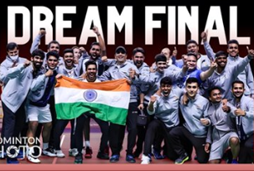
- The first tournament was held in 1948–49 and won by Malaya.
- Tournaments are held every two years.
- In the tournament's seven-decade-long history, the championship title has changed hands only among five nations - China, Malaysia, Indonesia, Japan and Denmark.
- India has now become the sixth country to break into this elite club.
- India was represented by Lakshya Sen, Kidambi Srikanth, H.S. Prannoy, Chirag Shetty and Satwiksairaj
Source:
- Thomas Cup
- Badminton Association of India awards cash prize to Thomas Cup winners
- Thomas Cup: How cricket-crazy India scripted world badminton glory
Image source:
Why vaccine mandates are essential: The Hindu
Essence: Recently the Supreme Court rightly upheld the government's current vaccination policy including imposition of certain limitations on individual rights. However, SC barred governments to put restrictions on unvaccinated individuals. SC relied on the argument that restriction on such individuals when cases are low are not proportionate and invades individual’s bodily integrity and personal autonomy under Article 21 of the Constitution.
Authors argue that any vaccine mandate which nudges individuals to get inoculated in order to prevent deaths or further mutations of the virus has a legitimate state aim. Indian Council of Medical Research’s data saying that 92% of COVID-19 deaths in India this year occurred in unvaccinated individuals gives credence to the author's view. Author’s view is also echoed by the judgements of US Supreme Court as well as Indian Supreme Court’s Asha Ranjan v. State of Bihar (2017) judgment.
Supreme Court of India itself in Asha Ranjan v. State of Bihar (2017) observed that the community interest cannot be sacrificed at the altar of individual interests. Authors argue that SC should enable government’s efforts to get everyone vaccinated so that future health emergency can be averted.
Why should you read this article?
- To understand conflict between individual right and community right in context of covid vaccination policy.
Source:
Can India turn Quad into an instrument to realize its significant potential as technological power?: Indian Express
Essence: The editorial speaks about the intent of visit of USA president to South Korea’s Samsung chip manufacturing plant. While chip manufacturing leads the way to AI, 5G, quantum technology, etc., USA’s partnership with North-East Asian economies is an effort to conjoin efforts on techno-economic collaborations and show the world that it could deal with both Russia and China at the same time.
Quad nations, seeking rule-based order, find Russian invasion of Ukraine and Chinese aggression against Taiwan a direct threat to the first principle of rule-based order, i.e. territorial integrity and peaceful resolution of disputes. Due to this, nations are bound to step up their defense capabilities (Japan, South Korea), form alliances (Taiwan, Philippines) and collaborate for technical know-how (Australia, India). Indo-Pacific Economic Forum, AUKUS and Quad form examples of such alliance of economic, military, and political partnerships. Ranging from launching fair and digital trade, resilient supply chain, clean energy, vaccine production, cybersecurity, etc., the alliance boost the possibilities for India. Among other things, India could collaborate its space and maritime resources to counter issues of illegal and unregulated fishing by pooling capabilities with Quad nations.
Why should you read this article?
- To know the contours of collaboration on political, economic and security fronts in Asia.
Source:
The IPEF could offer us a boat we must not miss: LiveMint
Essence: The editorial talks of the opportunities and challenges to India’s participation in Indo-Pacific Economic Forum. Since India didn’t join the Regional Cooperation Economic Partnership led by China, India must join IPEF to gain access to the Asian economic and commerce exchanges. The idea is to facilitate fair, shock proof trade, e-commerce with supply chain resilience, coordination over taxation, rule enforcement, clean energy and infrastructure. But certain checks must be applied to this association. USA’s internal politics against job loss and globalization determine its external trade- non-tariff barriers, trade reversal with China, US labor protection, etc. Thus, USA must navigate in this initiative with caution, to exclude policies that counter India’s growth in the region.
Why should you read this article?
- To know about the new proposed initiative of IPEF and the possible limitations.
Source:
Project Pragati
Background
- Menstruation is being de-stigmatized, and the taboos around it are being lifted, through an initiative called Project Pragati.
- Project Pragati is a 15-year-old programme incubated under the 1M1B Future Leaders Program.
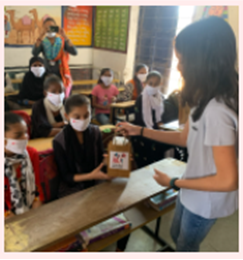
About the Project:
- Project Pragati is committed to ending the cycle of illiteracy and poverty by increasing menstrual hygiene awareness and education, as well as providing funds and access to basic menstrual hygiene
- The programme started in November 2020, with a focus on Gujarat.
- As the period education materials are created a in regional languages for awareness programmes.
- The Programme has impacted over 900 lives to date, with 30,000 pads supplied spanning 6 schools, saltpans, and fisheries, as 23 million girls in India are forced to leave out of school every year when they get their period.
Quote: “Consider a very natural process, menstruation, and how the association has been created in which this process is dirty, degrading.” — Frederick Lenz
Source:
Share the article
Get Latest Updates on Offers, Event dates, and free Mentorship sessions.

Get in touch with our Expert Academic Counsellors 👋
FAQs
UPSC Daily Current Affairs focuses on learning current events on a daily basis. An aspirant needs to study regular and updated information about current events, news, and relevant topics that are important for UPSC aspirants. It covers national and international affairs, government policies, socio-economic issues, science and technology advancements, and more.
UPSC Daily Current Affairs provides aspirants with a concise and comprehensive overview of the latest happenings and developments across various fields. It helps aspirants stay updated with current affairs and provides them with valuable insights and analysis, which are essential for answering questions in the UPSC examinations. It enhances their knowledge, analytical skills, and ability to connect current affairs with the UPSC syllabus.
UPSC Daily Current Affairs covers a wide range of topics, including politics, economics, science and technology, environment, social issues, governance, international relations, and more. It offers news summaries, in-depth analyses, editorials, opinion pieces, and relevant study materials. It also provides practice questions and quizzes to help aspirants test their understanding of current affairs.
Edukemy's UPSC Daily Current Affairs can be accessed through:
- UPSC Daily Current Affairs can be accessed through Current Affairs tab at the top of the Main Page of Edukemy.
- Edukemy Mobile app: The Daily Current Affairs can also be access through Edukemy Mobile App.
- Social media: Follow Edukemy’s official social media accounts or pages that provide UPSC Daily Current Affairs updates, including Facebook, Twitter, or Telegram channels.


